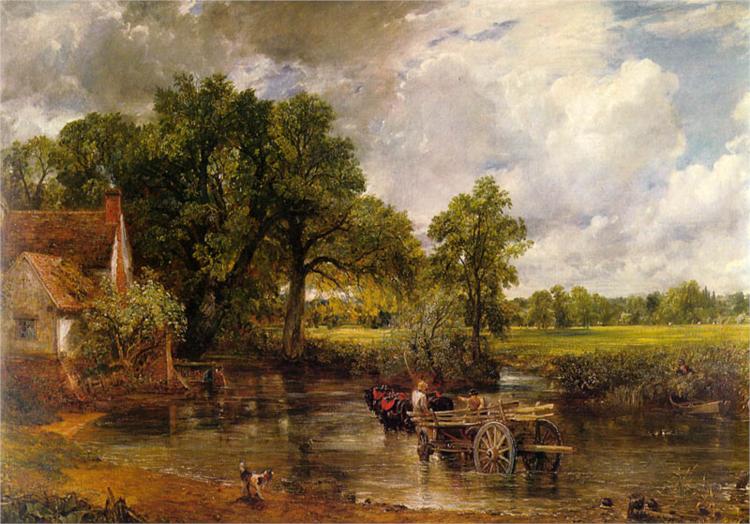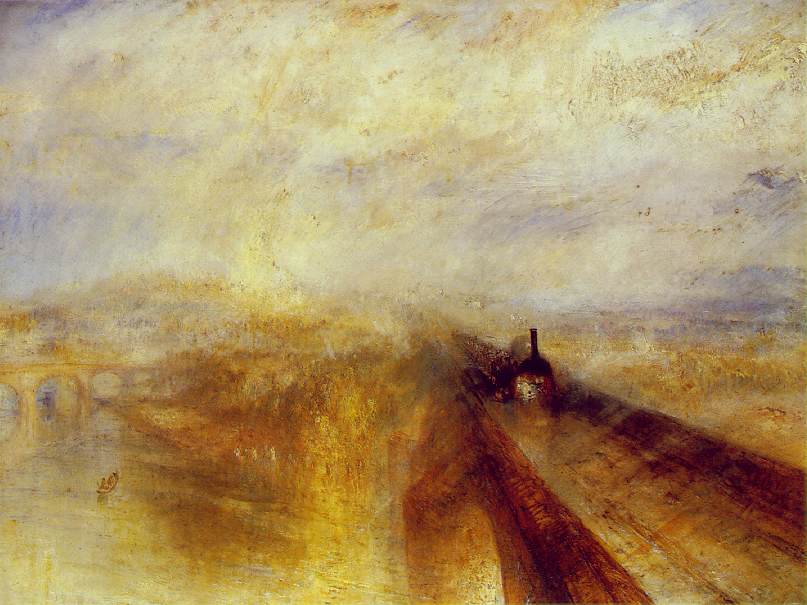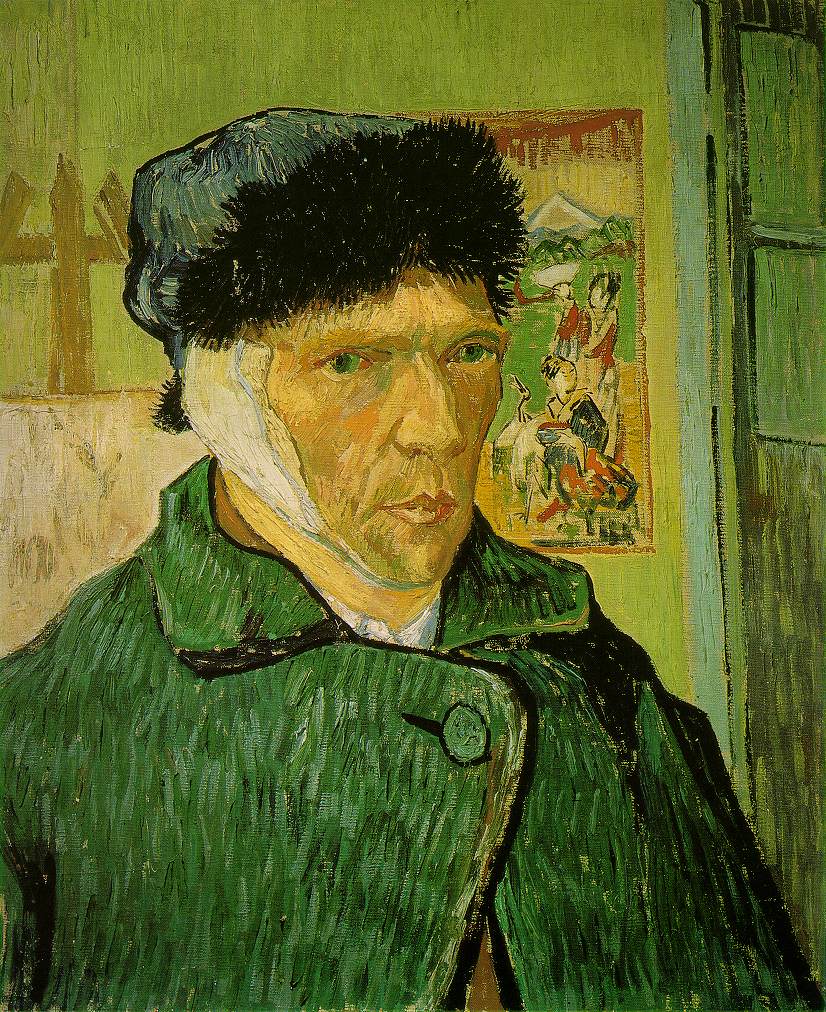THURSDAY, APRIL 19, 2012
Week 6-Landscape and the Sublime
'Wanderer in the mists' (1818) Caspar David Friedrich
'Untitled #2" (2002) Richard Misrach
'Untitled # 394-03' (2003) Richard Misrach
Richard Misrach's photography reflects the concept of the Sublime, from the Enlightenment.
Research Misrach's work by reading about his intentions, and also by looking at the work. Then answer the following questions;
1. Define the Enlightenment, including its context (time and place).
The Enlightenment was a time period in which an intellectual revolution took place. Known as a time of emergence from the darkness into a new age enlightened by reason and science. It challenged the beliefs and traditions of the monarchy and the nobility of the church. The Enlightenment spanned from the 16th century to the 19th.
Some of the Enlightenment principles were:
- human perfectibility
- equality
- reason (good judgement)
- power of thought and education
- individualism
- optimistic world view.
During the 18th century the newly affluent middle class throughout Europe and America challenged the vanities of Rococo style paintings because they did not reflect social responsibility and hardwork. The invention of the printing press in Europe in the 14th century allowed a rapid dispersion of knowledge and ideas.
The Enlightenment promoted Platonic ideas of human perfection prior to one being born, this went against the idea of the church's doctrine of original sin.
2. Define the concept of the Sublime.
The British writer Burke puts it this way: " The depiction of a terrible".
The famous British painter Constable's friend Wordsworth's, called it a "tranquil sublimity" being one with nature inspired by means of enduring presence and calm harmony. "Terribilita" landscape emphasized the spatial infinity and elemental power of nature, on the other hand countryside scenes stressed the harmonious coexistence in a continuum of eternity.
3. Explain how the concept of the Sublime came out of Enlightenment thought.
Landscape paintings were not accepted by the Salon at that time, in fact those paintings were ignored by critics, it was considered to be unimportant. Rococo, Neoclassical and religious subjects topped the list of hierarchy for subjects.
The Enlightenment moved away from traditional religious ideas of the church, similarly the sublime broke away from the stereo typical criteria of the Salon, to painting religious subjects.
The time of the Enlightenment was emerge from the darkness be an individual and not to be dictated by the churches. Therefore the concept of the sublime reflected this, the landscape paintings dealt with the idea that the life and spirit depended on a harmony within the larger order of the universe.
Individualism was also a main idea of the Enlightenment, this is also reflected in the sublime where emphasis is put upon the individual and their relationship with the universe.
4. Discuss the subject matter, and aesthetic (look) of Misrach's work to identify the Sublime in his work. Include some quotes from art critics and other writers who have written about his work.
Misrach's work definitely reflect the ideas of the sublime, his photographs are likened to the painting of the famous artist Turner. His subjects look like they are being completely engulfed by the nature surrounding them. However the subjects are at ease there is no danger, they are immersed in tranquility.
Washington Post Staff Writer
Sunday, June 15, 2008 :"In Misrach's work, even images of figures lost in an infinity of water don't make us worry for their safety or sanity. They make us envy their leisure...These images assert a comfort with wild nature that we haven't always had. We now feel sure that we can tame it, use it, enjoy it, even endanger it at will".
Art review: Liz Magor and Richard Misrach at Henry Gallery :"The photographs look down at vast expanses of beach and ocean, composed as allover patterns or simple geometries. In some, a lone human figure or two sprawl on the beach, entwine or float in the surf far below. They exist to provide a trope, the notion of the tininess of human life in the grand scheme of things."
5. Add 2 new images of his work to your blog.

Untitled #1132-04 by Richard Misrach, 2004. Chromogenic color print

White Man Contemplating Pyramids, Egypt, 1989-1991
6. Describe how does Misrach's photography makes you feel. How does it appeal to your imagination?
When I look at Misrach's photography I truly grasped the meaning of the sublime. Nature is powerful and as humans we often forget that. It also emphasizes the importance of having that connection or relationship with nature because we are both part of the universe and the grand scheme of things.
His photographs have an eerie feel to them, it makes me feel the immense power of nature, his subjects look vulnerable, but at the same time they are completely safe in nature's hands.
7. Identify some other artists or designers that work with ideas around the Sublime, from the Enlightenment era as well as contemporary artists.
John Constable was famous for his works with the sublime. He was known for landscape paintings, his dappled and painterly techniques. Constable painted farmers working in the countryside, his subjects scale would be very small in comparison to nature and the surroundings. Which are typical characteristics of the sublime.

Haywain- John Constable
William Turner was also a famous painter who worked with the ideas of the sublime he painted a few scenes showing the progress of the times and new inventions relating to nature. For example the invention of steam trains, in his painting "Rain Steam Speed" Turner paints the steam travelling through and nature is totally surrounding it as though it is being engulfed.

Rain Steam Speed- William Turner
Refer to examples above.
9. Reference your sources (books and websites)
See Honour 1979, .pg72






